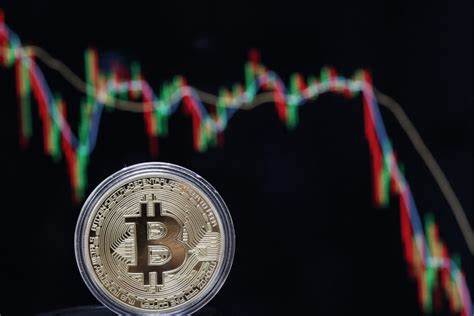Bitcoin Plummets to $25K as Altcoins See Even Deeper Losses
Bitcoin‘s nosedive continued over the past 24 hours with a flash crash on several exchanges that pushed it down to $25,300, a new two-month low. However, many altcoins dropped even more precipitously than BTC. Aside from XRP, some of the biggest losers were LTC, BCH, and XLM.
BTC Takes a Hard Hit
Just on Monday, Bitcoin had spiked up to $29,700, reaching a multi-day high. More positive news followed Tuesday with the listing of Europe’s first spot Bitcoin ETF on Euronext Amsterdam. However, BTC ETFs often lead to sell-offs, and instead of climbing higher, Bitcoin started rapidly losing ground. By Thursday, it had already fallen below $29,000.
Over the past 24 hours, things got even worse with Bitcoin plummeting to $25,300 on exchanges like Coinbase, marking a new two-month low. Despite bouncing back over $1,000 since then, BTC remains down over 7% on the day. Its market cap, once above $570 billion, is now struggling below $515 billion. Its dominance over altcoins has also declined to 48.4%.
XRP Leads the Altcoin Declines
As typically happens during big BTC crashes, altcoins are hit equally hard, if not worse. Ethereum has slumped 6% and is trading under $1,700 after being over $1,850 just days ago.
Other major altcoins like BNB, ADA, SOL, DOGE, DOT, MATIC, and SHIB have fallen similarly. Even steeper losses are seen in XRP, LTC, and BCH, all down double-digits.
XRP’s 15% drop has pushed it down to $0.5. Most lower- and mid-cap altcoins are down between 5-10% as well. Overall, the crypto market cap has plummeted by $70 billion in the last day to $1.06 trillion, declining over $100 billion since Tuesday.
LATEST POSTS
- Binance Coin Rises in Market Cap Rankings After Surpassing XRP
- X2 Token Sees Brief Price Spike Before Sharp Decline, Raising Concerns Over Sustainability
- The Sandbox(SAND) and Chainlink(LINK) See Gains, While Newcomer Pomerdoge Aims for Bigger Returns
- SmarDex (SDEX) Explores Innovations in DeFi With Multi-Chain Expansion
- Large Transactions Seen in Uniswap (UNI) – What Could This Mean?


